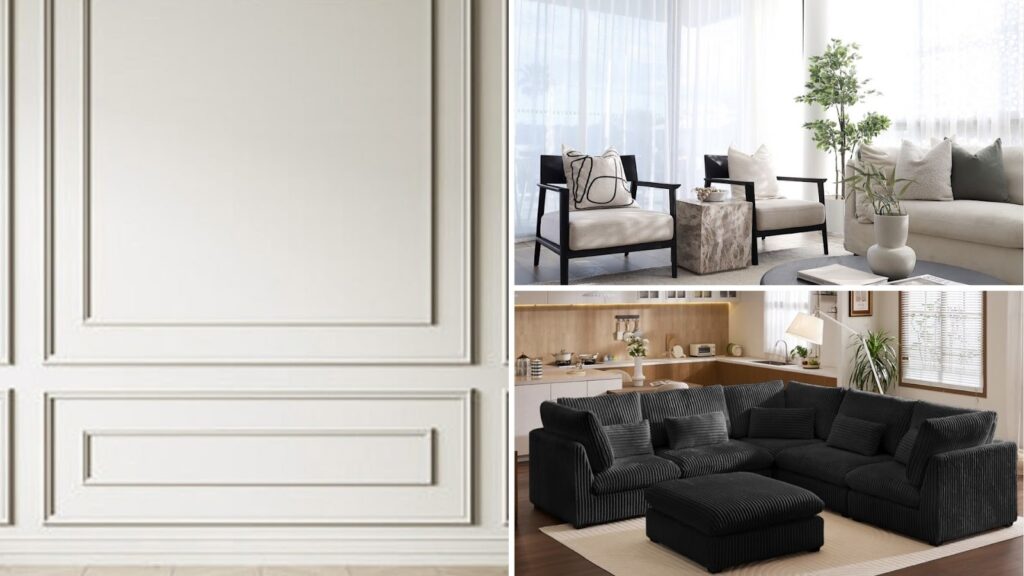Decorating should be fun, not frustrating—but it’s surprisingly easy to make costly decorating mistakes if you’re not careful. Interior designers see it all the time: a gorgeous vision that falls flat because of poor choices. Whether you’re working with a big budget or trying out budget-friendly decor ideas, knowing what not to do can save you time, money, and stress.
Let’s talk about the biggest design slip-ups and how to avoid them.
1. Oversized Furniture: More Isn’t Always Better
It’s tempting to go for that plush, oversized furniture or the massive dining table, but if it’s too big for your space, it’ll throw off the entire room. Interior designers say one of the biggest mistakes people make is not measuring their space before buying furniture.
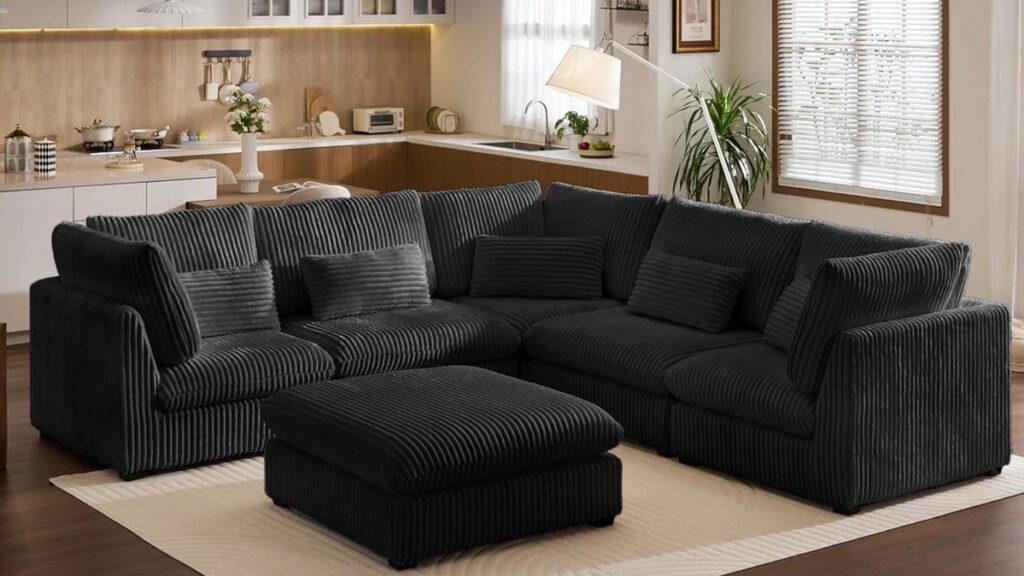
Your room should feel open, not like an obstacle course. Stick to well-proportioned pieces, and if you’re tight on space, opt for sleek, multifunctional furniture that won’t overwhelm the room.
2. Poor Lighting: Don’t Live in the Dark
Ever walk into a beautifully decorated space that still feels… off? It might be the lighting. Relying only on overhead lights creates a harsh, unflattering glow. Layer your lighting—floor lamps, table lamps, and wall sconces add warmth and depth.
If budget-friendly decor ideas are on your mind, stores like IKEA have great, affordable lighting options. The right lighting can completely change the mood of a room, making it feel cozy and inviting instead of flat and lifeless. If lighting is done right, you will be avoiding one of the most costly decorating mistakes.
3. Neglecting Millwork: Details Matter
Baseboards, crown molding, and trim might not seem exciting, but they make a huge difference. Skipping these details can make a room feel unfinished.
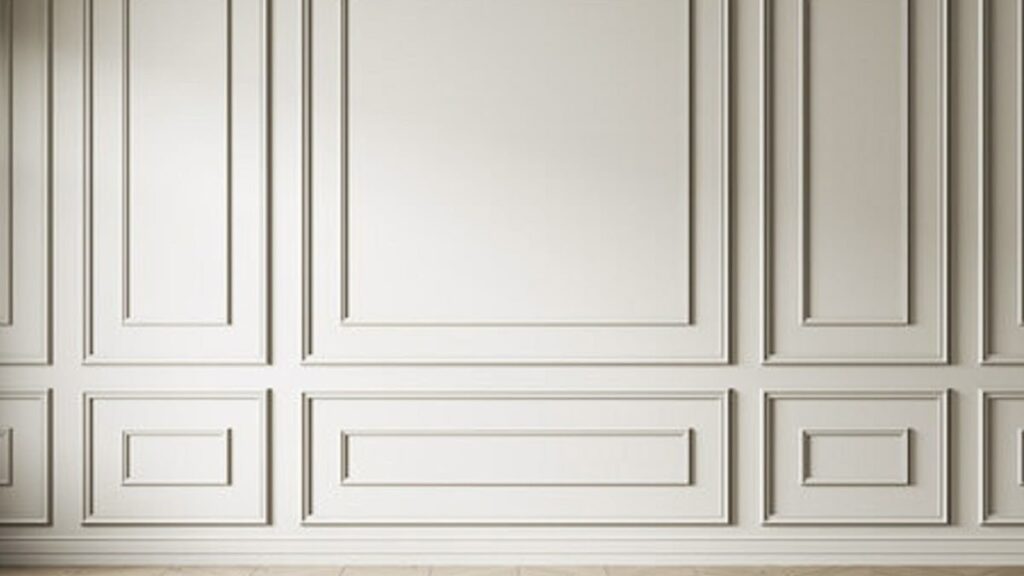
The good news? Millwork doesn’t have to be expensive. There are plenty of DIY and budget-friendly options that add charm without costing a fortune. Even a little bit of trim can give your home a polished, high-end feel without breaking the bank.
4. Ignoring Throw Pillows
Throw pillows are the easiest way to add color and texture to a room—when done right. Too few, and your sofa looks bare; too many, and it starts to feel like a pillow fort. The key? Mix sizes, patterns, and textures while sticking to a cohesive color palette. This keeps things visually interesting and comfortable. And let’s be real—nothing beats sinking into a couch with the perfect amount of fluffy throw pillows.
5. Falling for Artificial Plants: Choose Wisely
Not everyone has a green thumb, and that’s okay. But if you’re going to use artificial plants, make sure they actually look real. Cheap, plastic-looking greenery can make your space feel tacky.
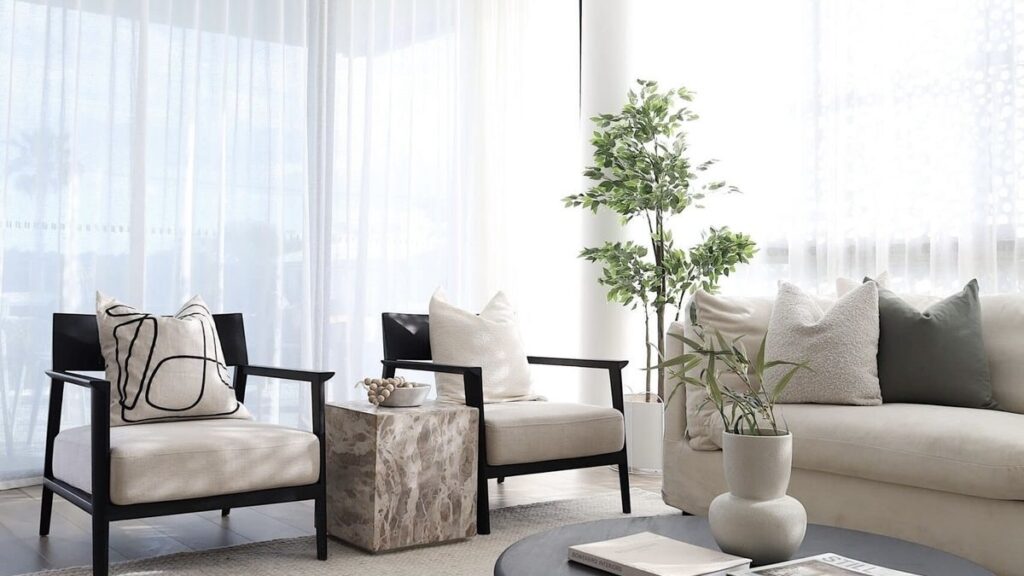
If you struggle to keep plants alive, go for low-maintenance real options like snake plants or succulents. And if you must use artificial plants, invest in high-quality ones. The goal is to add warmth to your space, not make it feel like a waiting room.
6. Hanging Wall Art Too High or Too Low
Nothing throws off a room like awkwardly placed wall art. A common mistake? Hanging pieces too high. The general rule is to keep the center of your artwork at eye level. If you have a collection of smaller pieces, create a gallery wall instead of scattering them randomly. Wall art should feel intentional, not like an afterthought. Take your time arranging it—your walls (and guests) will thank you.
7. Matching Everything: Embrace Variety
Ever walk into a room that looks like it was lifted straight from a furniture catalog? Matching everything—same furniture set, same fabrics, same colors—can make a space feel lifeless.
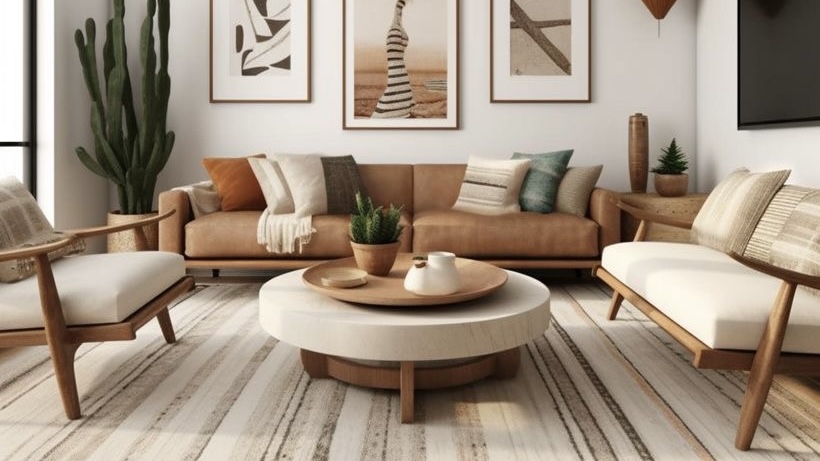
Interior designers recommend mixing things up. Pair a modern sofa with a vintage coffee table or blend different textures like wood, metal, and fabric. A little contrast adds depth and character, making your home feel unique rather than cookie-cutter.
8. Forgetting About Functionality
A beautifully designed space is pointless if it doesn’t work for you. That Pinterest-perfect chair? If it’s uncomfortable, you’ll never sit in it. That sleek glass coffee table? Might not be ideal if you have kids running around. Think about how you live in your space—storage solutions, traffic flow, and comfort should all be priorities. A well-designed home isn’t just pretty; it should make your daily life easier.
9. Skipping Rugs: Frame Your Space
Rugs do more than just add warmth—they help define spaces and bring everything together. But get the size wrong, and it throws off the whole room.
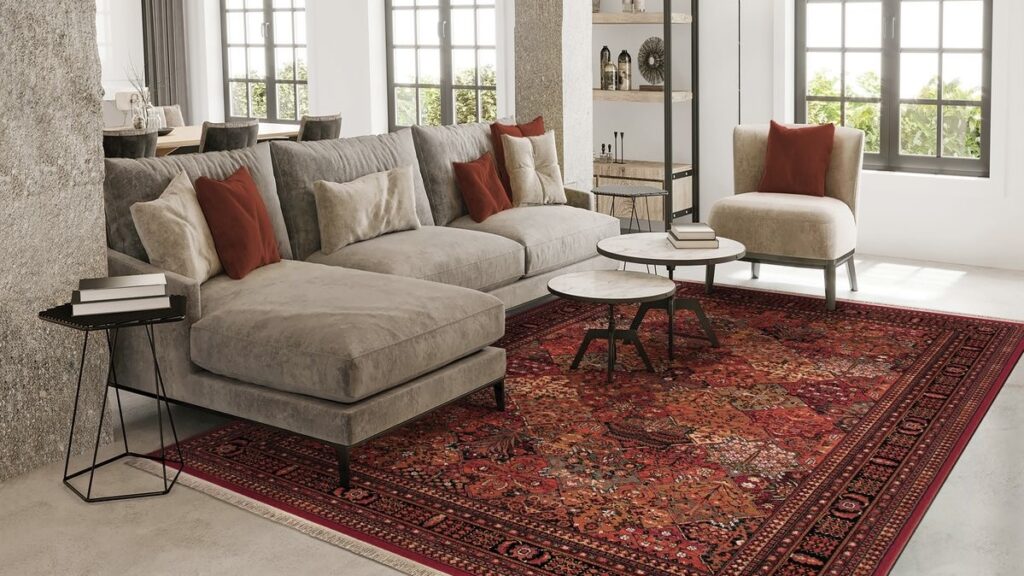
A small rug makes everything feel disjointed, while the right-sized rug anchors the space. Ideally, furniture should sit on the rug, or at least the front legs should. Whether you go bold with a statement pattern or keep it neutral, a rug is an easy way to elevate your space.
Conclusion: Design Smarter, Not Harder
Avoiding costly decorating mistakes isn’t about spending more money—it’s about making better choices. Thoughtful details like proper lighting, well-placed wall art, and the right-sized furniture can make all the difference. Interior designers agree that a great home isn’t about perfection; it’s about personality and functionality. So, take your time, trust your instincts, and most importantly—make sure your home feels like you.
